Kia Sorento SUV (2015-2020) engines, drive and performance
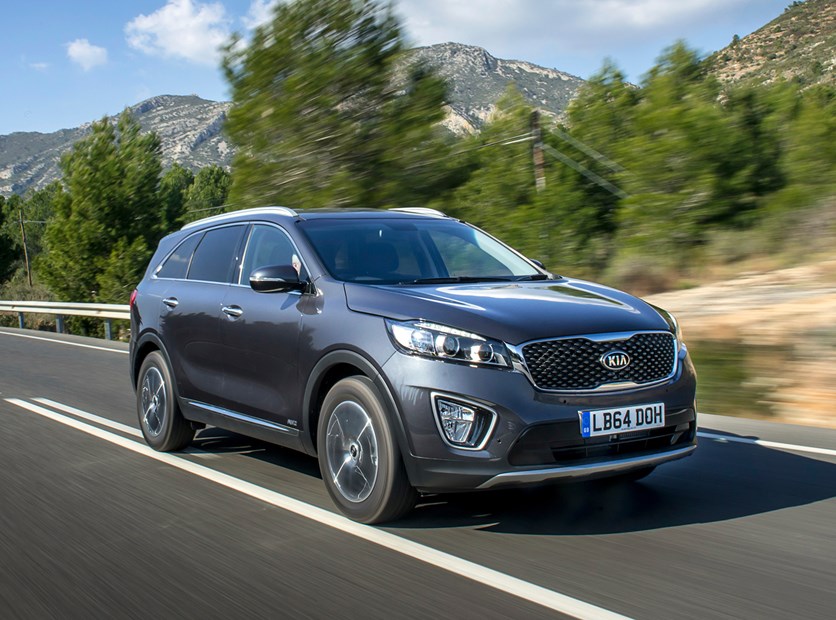
Tipping the scales at just over 1.8-tonnes, it’s not unexpected to discover that Kia Sorento performance is adequate rather than brisk.
Most buyers will have little to complain about in this regard, the Sorento representing spacious travel for up to seven with the advantages of four-wheel drive, rather than a sports SUV rival.
Diesel with 197bhp
Behind that imposing front end lies a four-cylinder, 2.2-litre diesel engine, mustering an impressive 197bhp at 3,800rpm and a 441Nm slew of torque from just 1,750rpm, making easy work of pulling out of junctions and joining motorway speed traffic, particularly with the benefit of traction from all four wheels.
That weight blights overall performance, limiting the Sorento’s theoretical top speed to 126mph. Stick with the standard six-speed manual gearbox, with its light throw action, and the Kia will complete the 0-62mph dash in nine seconds flat.
Kia expects many buyers, particularly company car drivers, to opt for the six-speed automatic transmission. In most instances it’s refined and smooth but on occasions when you demand more urgency from it, there’s a slight hesitation while it decides dropping one gear, rather than the two ratios initially selected, is sufficient. That aside, it’s befitting of the Sorento’s unruffled nature as a cruiser, completing the same 0-62mph sprint in 9.6 seconds.
We’ll have a clearer idea of what real world fuel consumption is like when we test the Sorento in the UK but it’s unlikely to match the official claims of 50mpg for the manual and 43mpg for the automatic.
Those impressive quoted figures do result in lower CO2 emissions, though, with the manual Sorento rated at 149g/km and the automatic at 174g/km.
While the previous generation Kia Sorento handling set-up was geared towards ride comfort, threading it through a series of bends could have it listing ship-like as it rolled from one side to the other.
Although the latest Sorento isn’t the kind of car that’ll make you wake up early in your desire to get behind the wheel for an exhilarating drive, it’s nevertheless significantly more accomplished, displaying better body control than it has before.
There’s still a degree of roll as you corner with vigour, but nothing excessive, allowing you to quickly develop confidence in the Sorento’s handling traits. Neither is there significantly more communication through the steering wheel but the weighting of the steering, which can be varied between three settings, feels more appropriate to the size of the car, being a touch heavier than the outgoing model.
With power delivered exclusively to the front wheels in most driving conditions, the Sorento has a tendency to understeer – pushing wide in corners – when you ask too much of it, but it has to be cajoled and provoked before losing traction. For the most part, the Kia corners neatly and tidily, reinforcing that feeling of security that 4x4 buyers desire.
Although the ride quality feels marginally firmer than before, in part because of revised European-specific suspension dampers, it remains a very comfortable car to both drive and be a passenger in, particularly when riding on the standard 17-inch alloy wheels, shod in chunkier 65-profile tyres. You’re unlikely to have complaints from disgruntled passengers.
Featuring disc brakes all-round – 320mm diameter up front, 314mm at the rear – stopping power is entirely appropriate for the car, at no point leaving you feel like you’re going to run out of road. Modulating the braking force is easy too, with a progressive pedal action.
Overall it won’t entertain you, but you and your passengers will arrive at your destination unruffled.




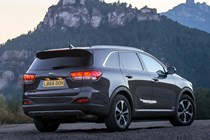

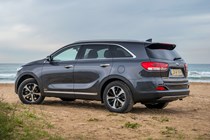
.jpg)
.jpg)
.jpg)
.jpg)
.jpg)
.jpg)
.jpg)
.jpg)
.jpg)
.jpg)
.jpg)
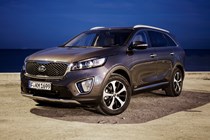
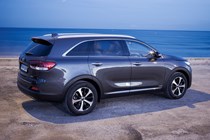


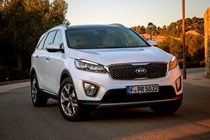


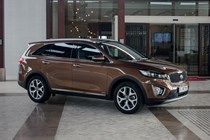
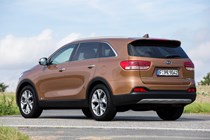


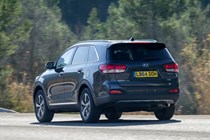
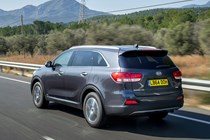
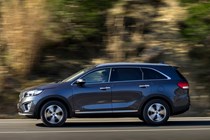

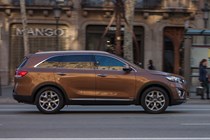
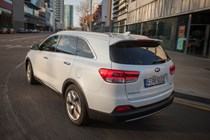



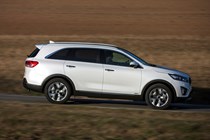
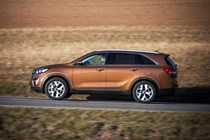

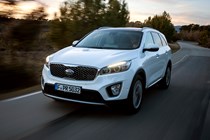
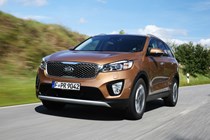
.jpg)
.jpg)
.jpg)
.jpg)
.jpg)
.jpg)
.jpg)
.jpg)
.jpg)
.jpg)
.jpg)
.jpg)
.jpg)
.jpg)


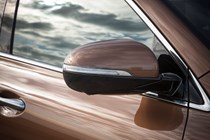

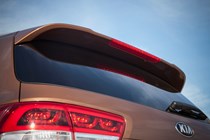
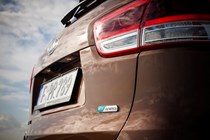
.jpg)
.jpg)
.jpg)
.jpg)
.jpg)
.jpg)
.jpg)
.jpg)
.jpg)
.jpg)
.jpg)
.jpg)
.jpg)
.jpg)
.jpg)
.jpg)
.jpg)
.jpg)
.jpg)
.jpg)
.jpg)
.jpg)
.jpg)
.jpg)
.jpg)
.jpg)
.jpg)
.jpg)
.jpg)
.jpg)
.jpg)
.jpg)
.jpg)
.jpg)
.jpg)

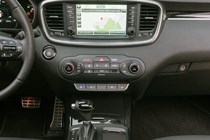
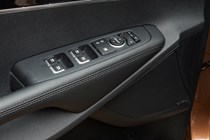
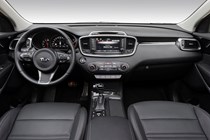
.jpg)
.jpg)
.jpg)
.jpg)
.jpg)
.jpg)
.jpg)






.jpg?quality=50)
.jpg?quality=50)
.jpg?quality=50)
.jpg?quality=50)
.jpg?quality=50)
.jpg?quality=50)
.jpg?quality=50)
.jpg?quality=50)
.jpg?quality=50)
.jpg?quality=50)
.jpg?quality=50)

























.jpg?quality=50)
.jpg?quality=50)
.jpg?quality=50)
.jpg?quality=50)
.jpg?quality=50)
.jpg?quality=50)
.jpg?quality=50)
.jpg?quality=50)
.jpg?quality=50)
.jpg?quality=50)
.jpg?quality=50)
.jpg?quality=50)
.jpg?quality=50)
.jpg?quality=50)






.jpg?quality=50)
.jpg?quality=50)
.jpg?quality=50)
.jpg?quality=50)
.jpg?quality=50)
.jpg?quality=50)
.jpg?quality=50)
.jpg?quality=50)
.jpg?quality=50)
.jpg?quality=50)
.jpg?quality=50)
.jpg?quality=50)
.jpg?quality=50)
.jpg?quality=50)
.jpg?quality=50)
.jpg?quality=50)
.jpg?quality=50)
.jpg?quality=50)
.jpg?quality=50)
.jpg?quality=50)
.jpg?quality=50)
.jpg?quality=50)
.jpg?quality=50)
.jpg?quality=50)
.jpg?quality=50)
.jpg?quality=50)
.jpg?quality=50)
.jpg?quality=50)
.jpg?quality=50)
.jpg?quality=50)
.jpg?quality=50)
.jpg?quality=50)
.jpg?quality=50)
.jpg?quality=50)
.jpg?quality=50)




.jpg?quality=50)
.jpg?quality=50)
.jpg?quality=50)
.jpg?quality=50)
.jpg?quality=50)
.jpg?quality=50)
.jpg?quality=50)
